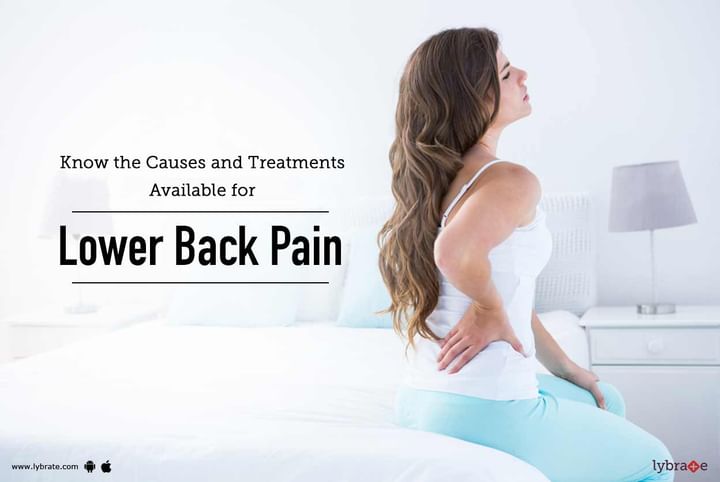Know the Causes and Treatments Available for Lower Back Pain
Lumbago or Lower back pain is a condition that is characterized by mild to serious pain or uneasiness in the lower back region. Lower back pain is more prevalent among the youth whose work includes physical exertion or sitting for long hours and is also common in individuals belonging to the 'retirement age' because of their sedentary lifestyles. The pain might be acute (sudden and extreme) or chronic if it has been endured over a span of three months.
The most common causes of lower back pain are:
- Overuse of the muscles and includes strains or sprains of soft tissues such as muscles, ligaments and vertebral compression fractures.
- Pressure on the roots of nerves due to conditions such as spinal canal stenosis (narrowing down of the spaces within the spine) or herniated disc (a condition of the rubbery disc present between the spine bones (vertebrae)).
- Osteoarthritis is a condition wherein the shock absorbers, found in the joints, progressively break down.
When it affects the spine, the condition causes back pain by stiffening the spinal joints. Symptoms of Lumbago (Low back pain) include:
- Stiff back
- Numbness in the legs
- Loss of weight
- Difficulty in urinating
- Sciatica, which is the pain running down the lower back to hips, legs and thighs. This occurs due to a compression by an intervertebral disc in the back, which leads to a pinched nerve.
How to diagnose lower back pain or a slip disc?
Some methods that can be utilized for diagnosing back include Xray, CT Scans, Myelogram and MRI scans.
Treatment options available -
Exercises along with correction of bad posture for relieving back pain are a common component of any treatment plan. Factors such as type and severity of the pain as well as the patient's history can help in determining the type of treatment that can be administered. In most cases, the recovery time is usually six weeks without surgery. Typical treatment of back pain includes use of muscle relaxants, painkillers and physiotherapy. Surgery is suggested in severe cases. Some other treatments are discussed below:
- Rest: A period of rest and inactivity would help the injured tissues to recuperate and relieve back pain. However, extended periods of rest lead to weakening of muscles and hence might prolong the existing back pain.
- Heat and ice packs: Both heat and ice therapies are used according to the patient's preference to reduce inflammation.
- Medications: A large variety of prescription and over-the-counter medicines are available. Some reduce back pain caused by inflammation and others prevent the pain signals from travelling to the brain. Examples would include acetaminophen, celecoxib and diclofenac. If you wish to discuss about any specific problem, you can consult an orthopedist.



+1.svg)
